GPCR/G protein

All GPCRs share a common seven trans-membrane structure. GPCRs are associated with heterotrimeric G-proteins which are GTP-binding proteins made of alpha, beta, and gamma subunits. When a ligand binds to GPCR, it activates the attached G-protein, the GDP is replaced with GTP. The activated G-protein then dissociates into an alpha and a beta-gamma complex which activates downstream signaling pathways. These intracellular signaling pathways include cAMP/PKA, calcium/NFAT, phospholipase C, protein tyrosine kinases, MAP kinases, PI-3-kinase, nitric oxide/cGMP, Rho, and JAK/STAT.
GPCRs are one of the most important therapeutic targets for various diseases, over 30% of all modern medicinal drugs target this family. Aberrant GPCR functions are involved in pathological conditions such as neurological, immunological and hormonal disorders. A large number of GPCRs have been identified, but whose ligands are not known, are classified as orphan receptors.
-
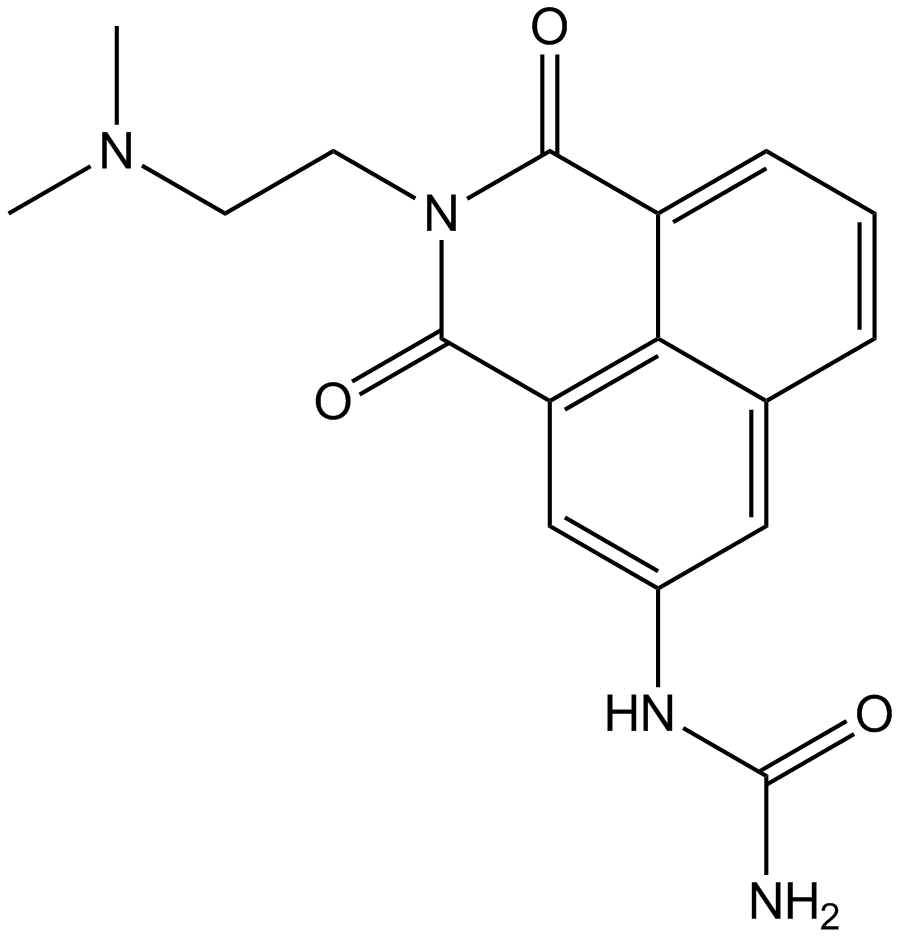 A8886 UNBS 5162Summary: A pan-antagonist of CXCL chemokines
A8886 UNBS 5162Summary: A pan-antagonist of CXCL chemokines -
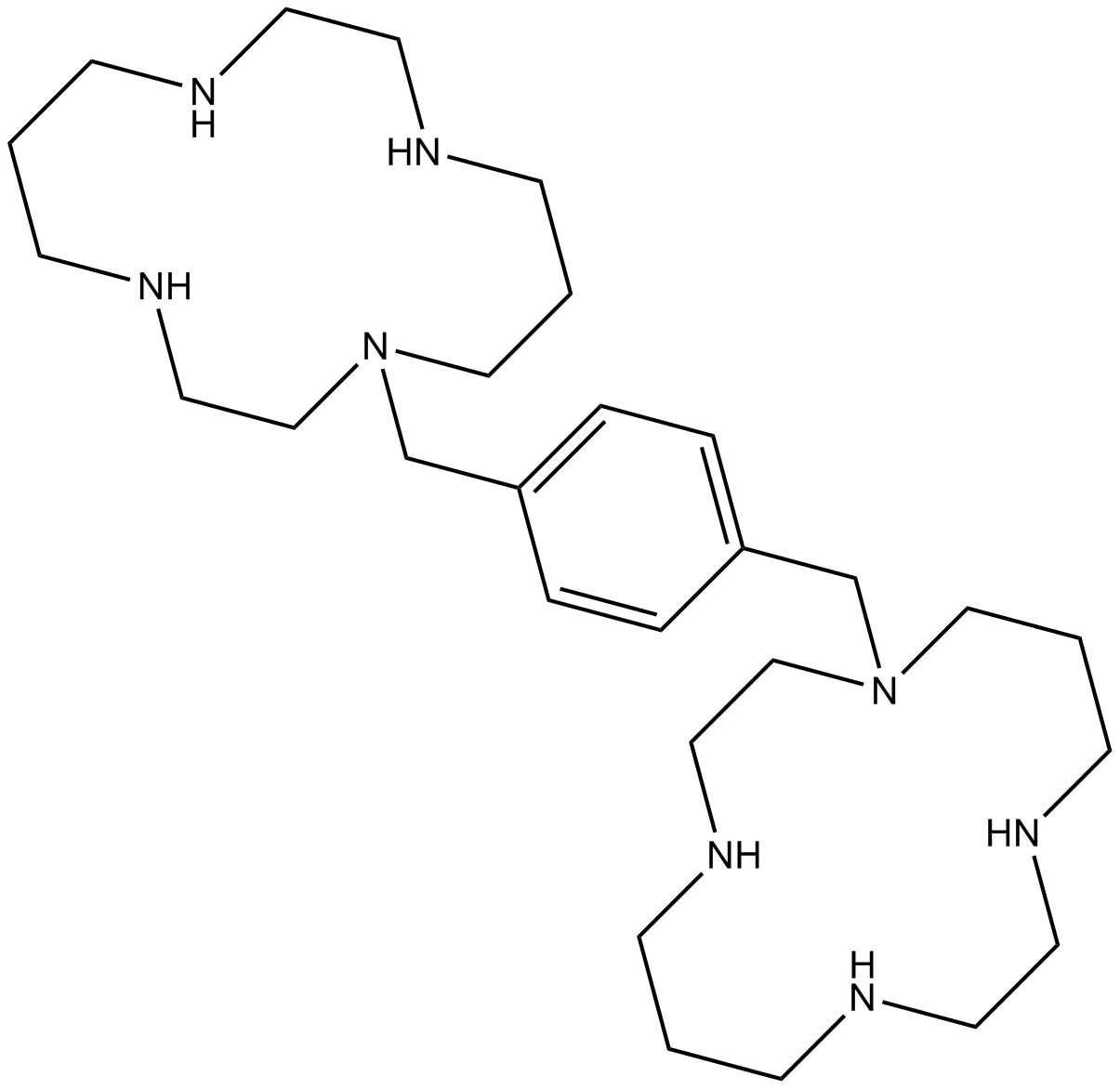 A2025 Plerixafor (AMD3100)2 CitationSummary: CXCR4 chemokine receptor antagonist
A2025 Plerixafor (AMD3100)2 CitationSummary: CXCR4 chemokine receptor antagonist -
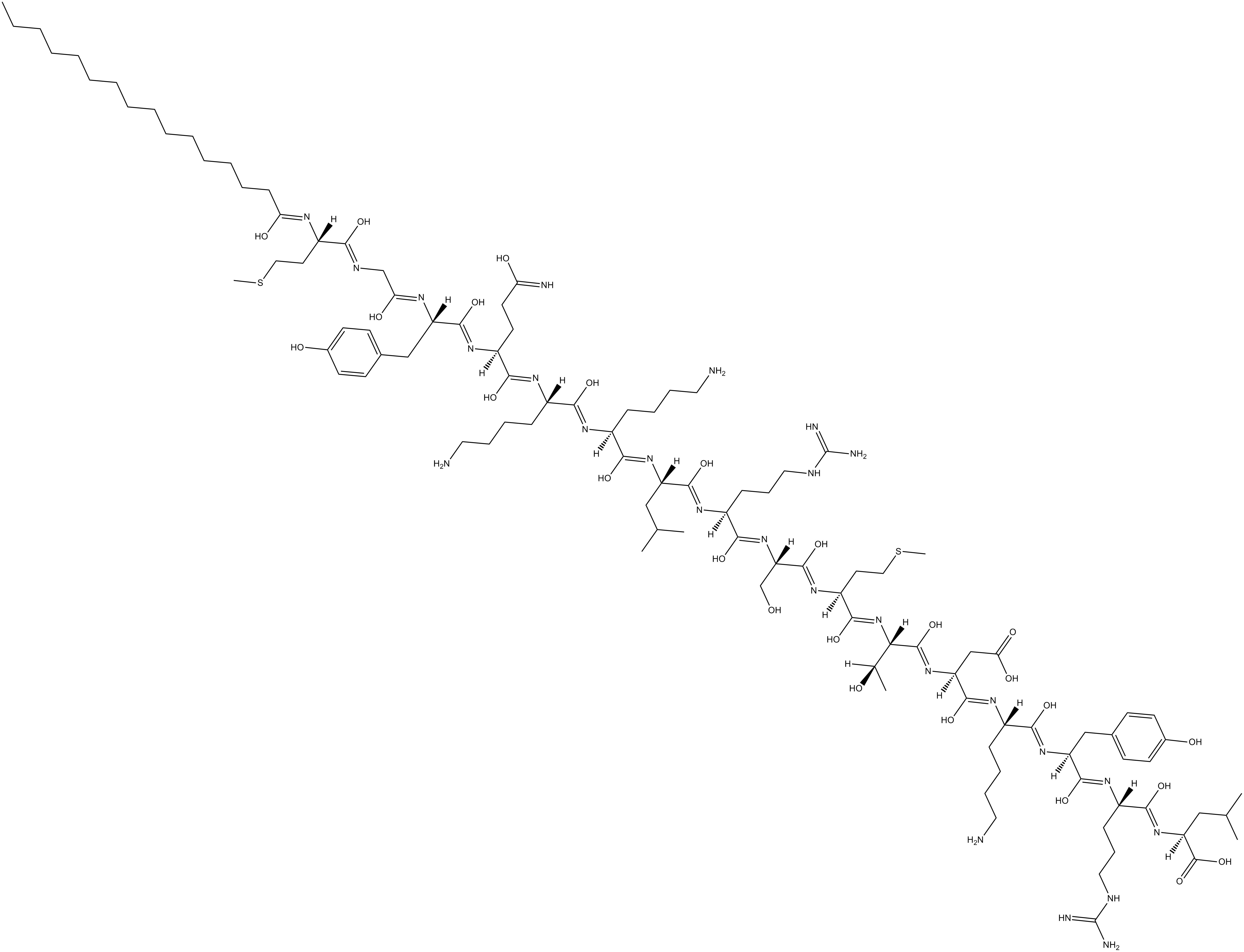 B7814 ATI-2341Summary: CXCR4 allosteric agonist
B7814 ATI-2341Summary: CXCR4 allosteric agonist -
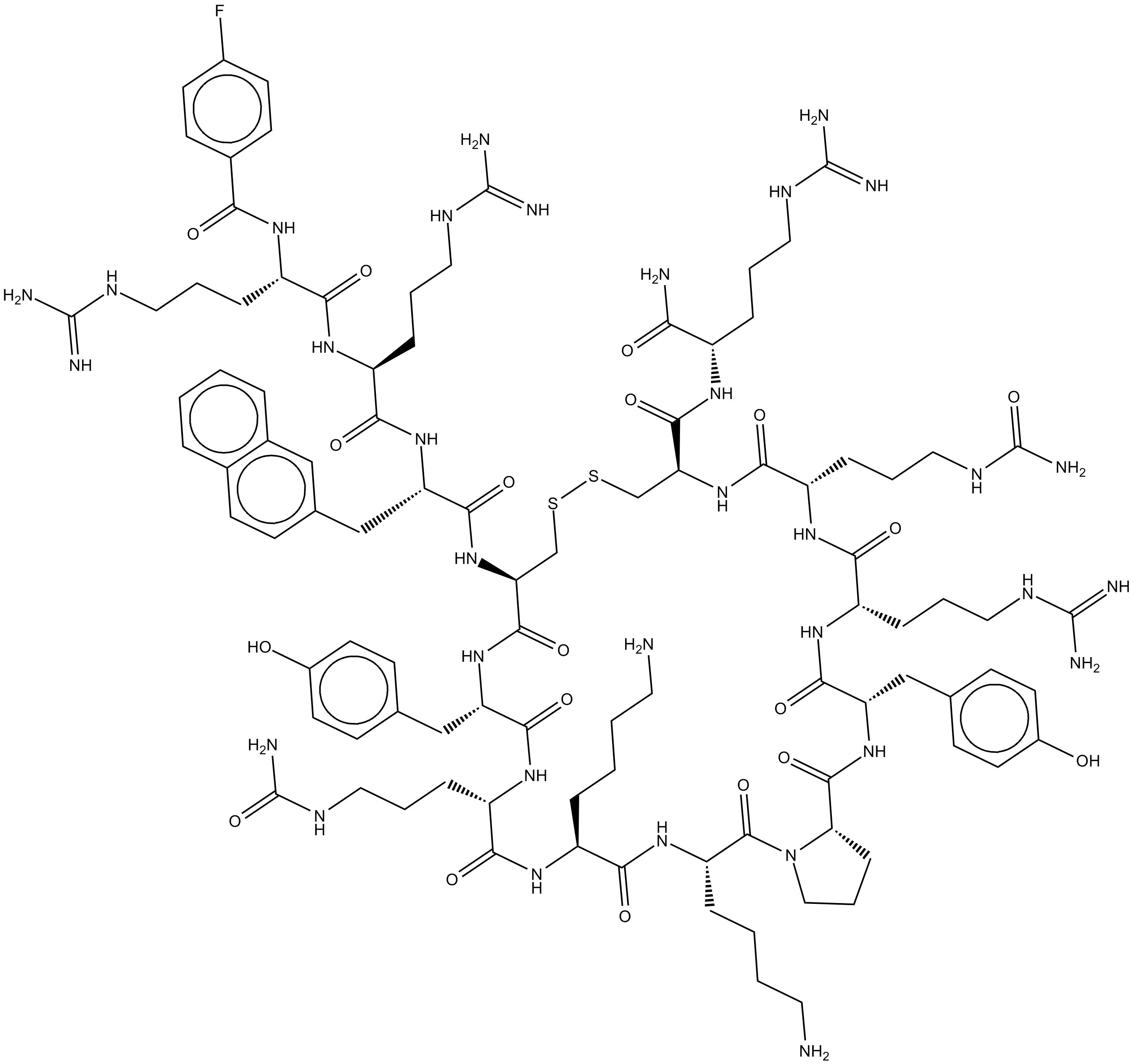 B7833 BKT140Summary: CXCR4 antagonist
B7833 BKT140Summary: CXCR4 antagonist -
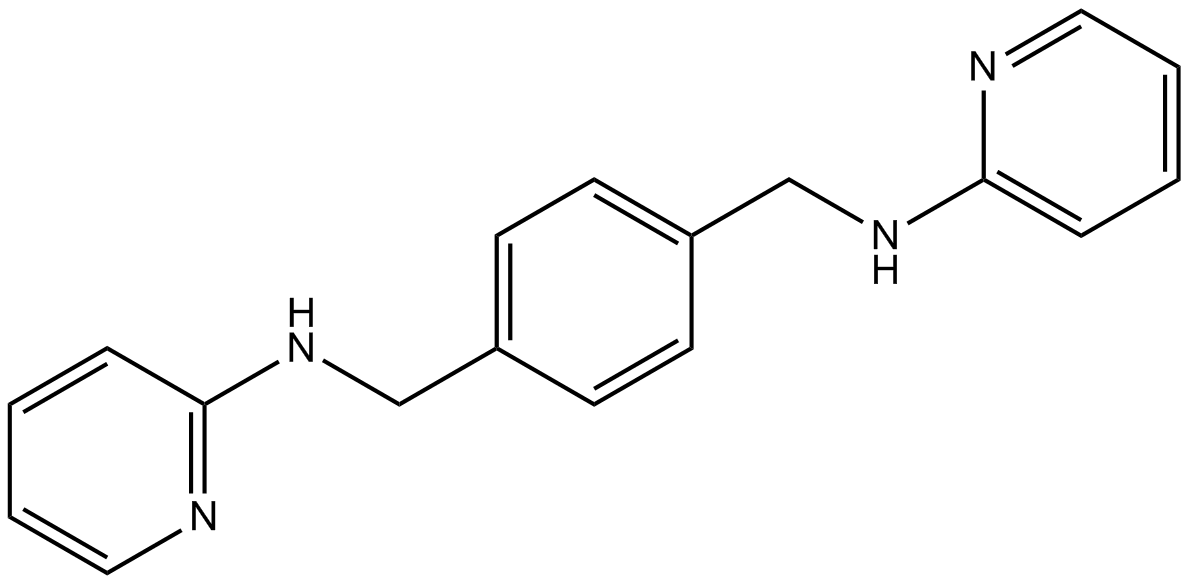 B1466 WZ811Target: CXCRSummary: Competitive CXCR4 antagonist,highly potent
B1466 WZ811Target: CXCRSummary: Competitive CXCR4 antagonist,highly potent -
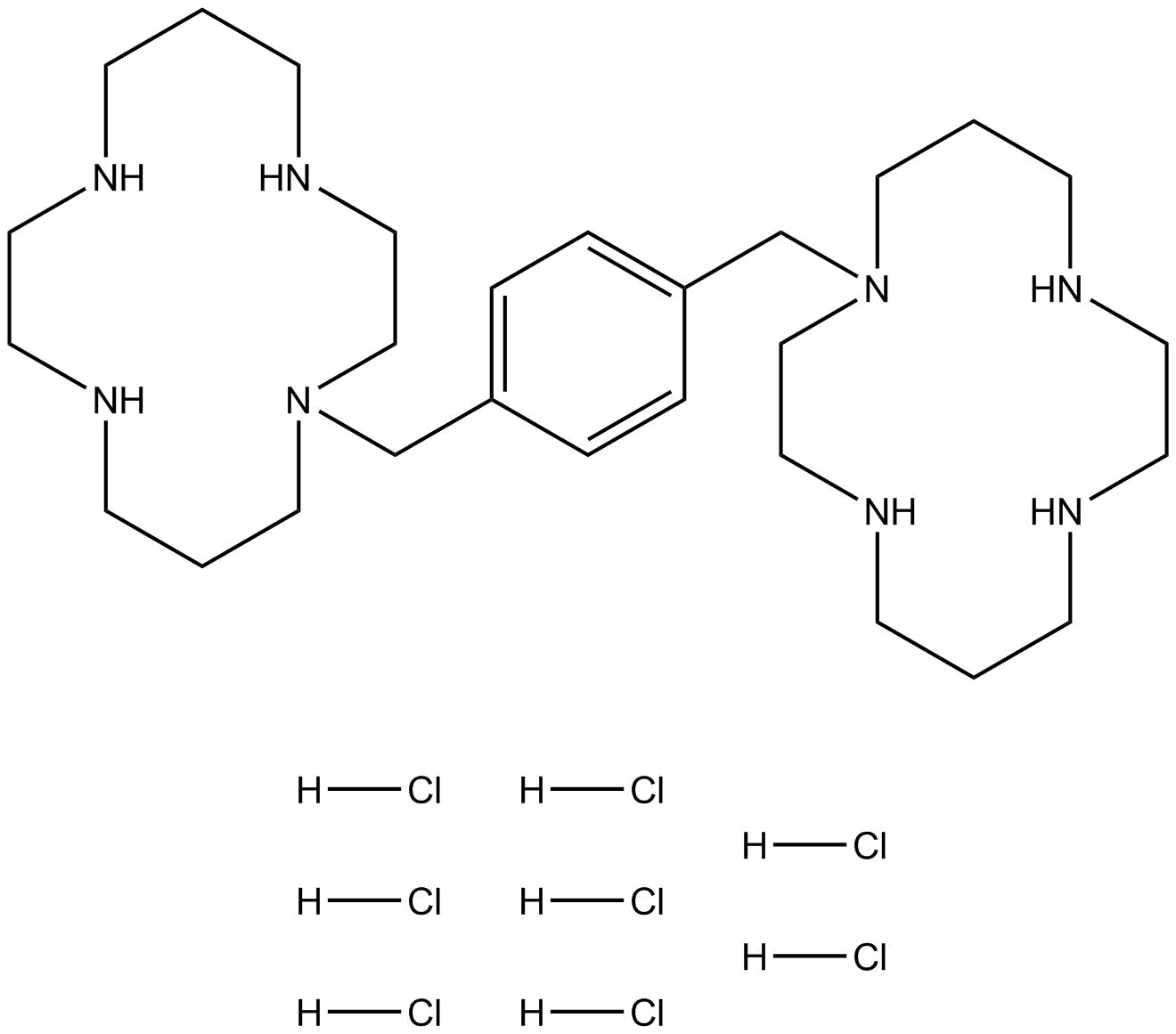 B1465 Plerixafor 8HCl (AMD3100 8HCl)Target: CXCRSummary: CXCR4 antagonist
B1465 Plerixafor 8HCl (AMD3100 8HCl)Target: CXCRSummary: CXCR4 antagonist -
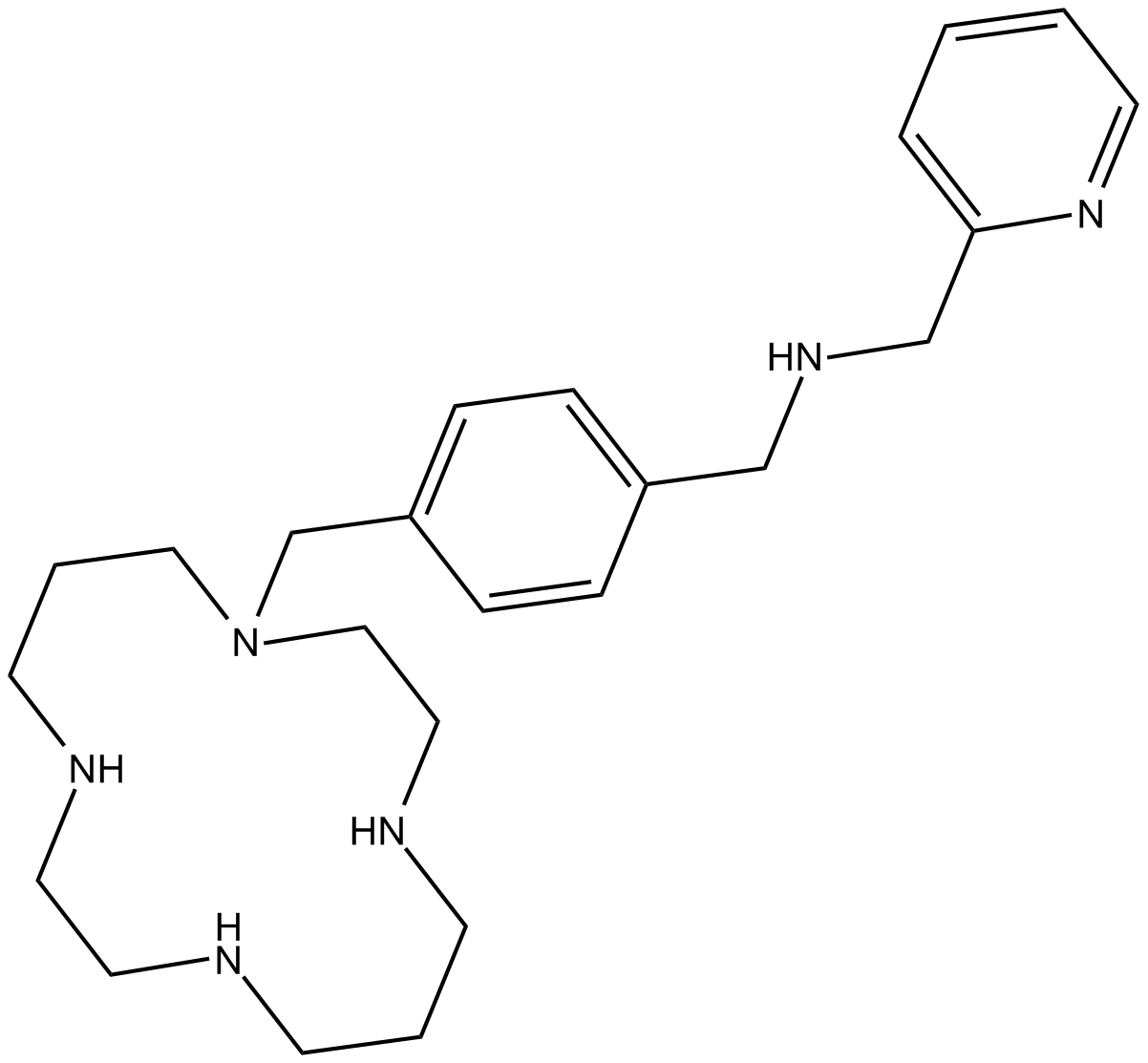 B3395 AMD 3465Summary: CXCR4 antagonist,potent and selective
B3395 AMD 3465Summary: CXCR4 antagonist,potent and selective -
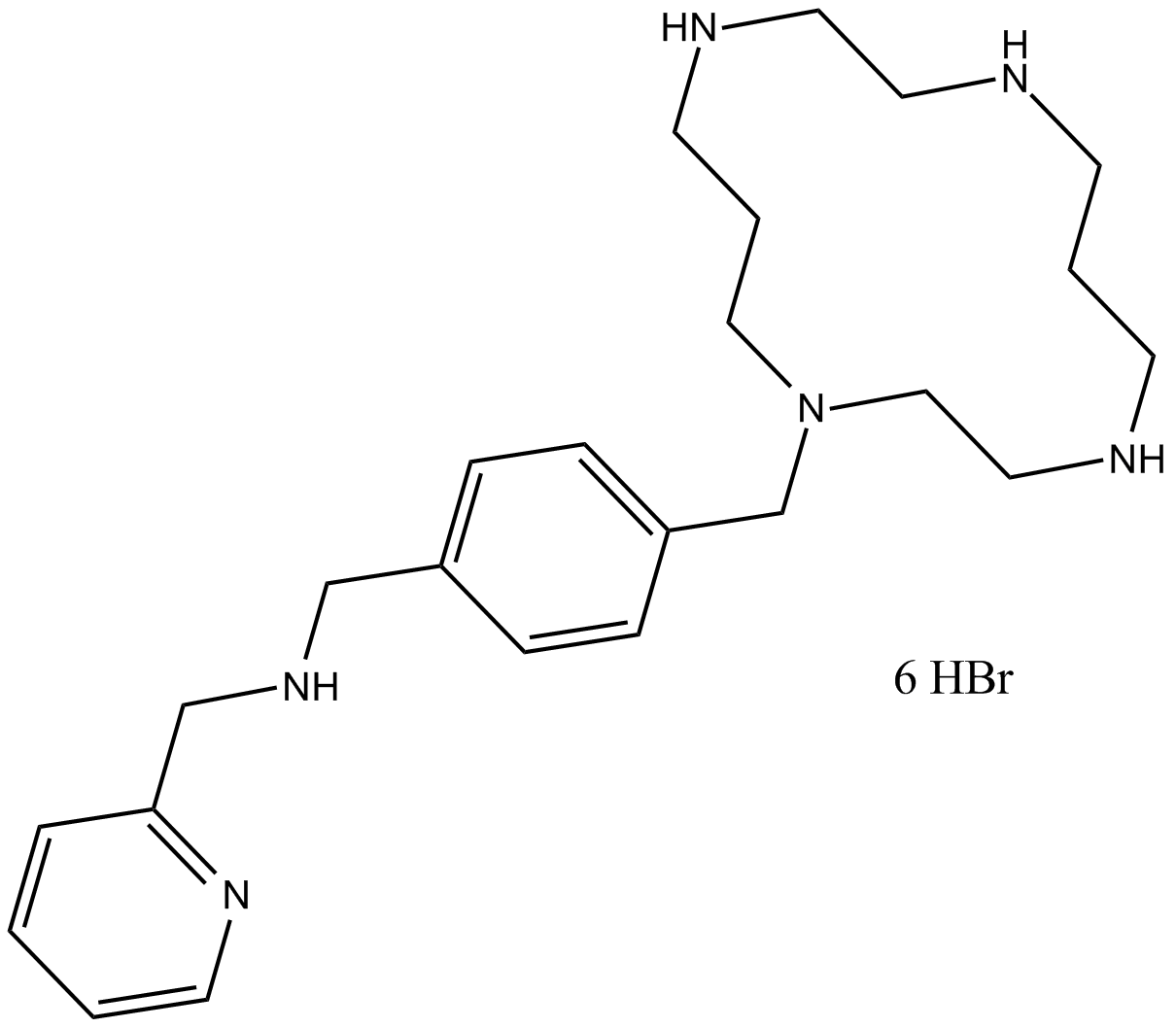 B3397 AMD 3465 hexahydrobromideSummary: potent, selective CXCR4 antagonist
B3397 AMD 3465 hexahydrobromideSummary: potent, selective CXCR4 antagonist -
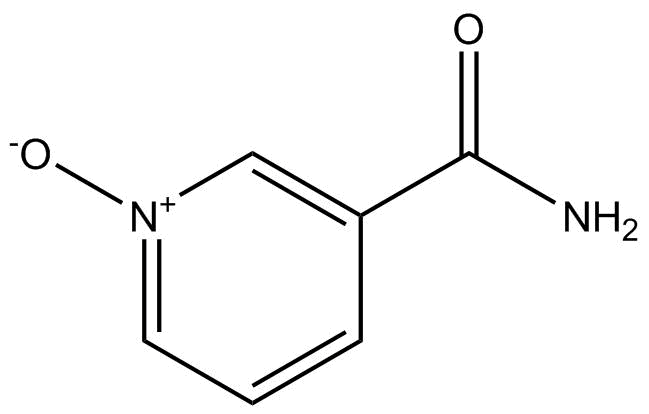 C6736 Nicotinamide N-oxide
C6736 Nicotinamide N-oxide -
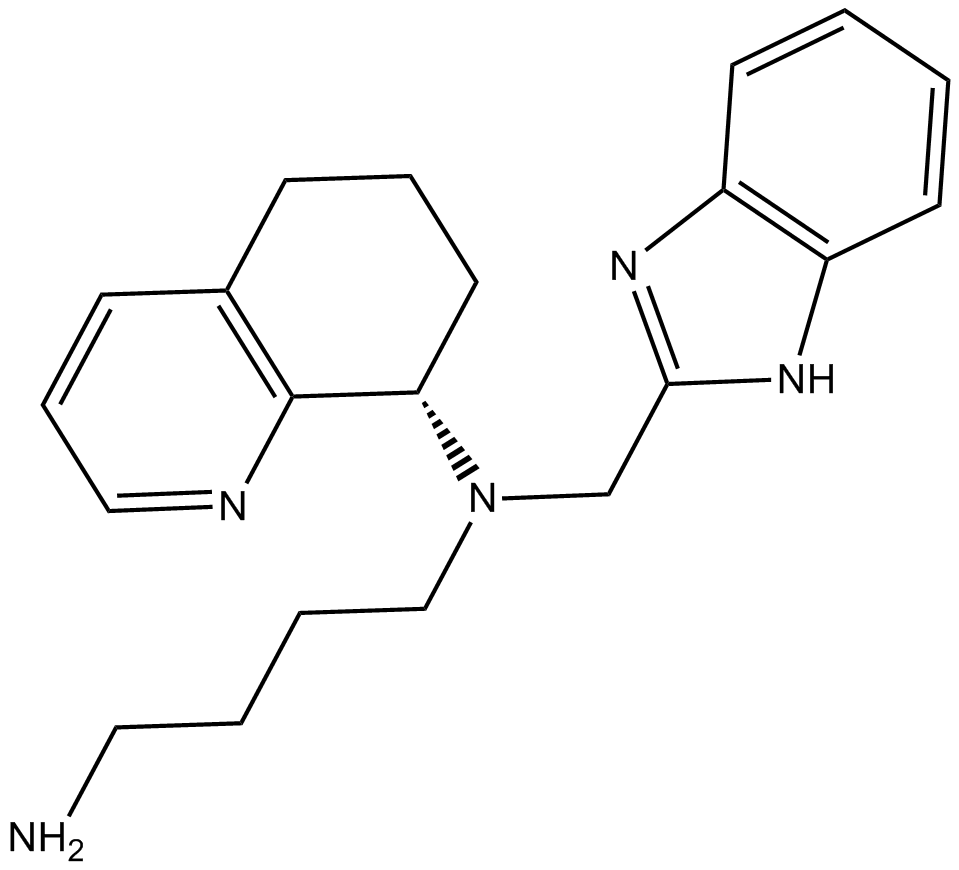 A3173 AMD-070Target: CXCRSummary: CXCR4 antagonist,potent and selective
A3173 AMD-070Target: CXCRSummary: CXCR4 antagonist,potent and selective

